Cart
undefined
From design hotels and creative living spaces to art islands and floating tea houses, Japan has so many unique places to experience art and architecture.
Travelling ‘hands-free’ throughout Japan is a less stressful and far easier way to see the country. Here’s how to do it.
The bright lights of Japan’s capital entice many visitors to the most famous spots, but when in Tokyo it’s best to do as locals do and explore the city’s lesser-known neighbourhoods.
Spanning the length of 3 prefectures, the Japanese Alps are full of natural beauty. From snow monkeys and sacred forests to thatched-roofed villages and more, here’s how to experience it at its best.
If you’re anything like me, then after your first trip to Japan, you’ll probably be reassessing your life and thinking about how you can return to spend longer in the country.
What most people miss when planning a first time itinerary to Tokyo, is the wealth of day trips on offer on the outskirts of the city.
Once a quiet residential suburb, Nakameguro is a neighbourhood that has reinvented itself over the years.
A world class museum doubles up as a hotel, cutting edge modern art flows along the coastline, and disused buildings are transformed into pop-up galleries.

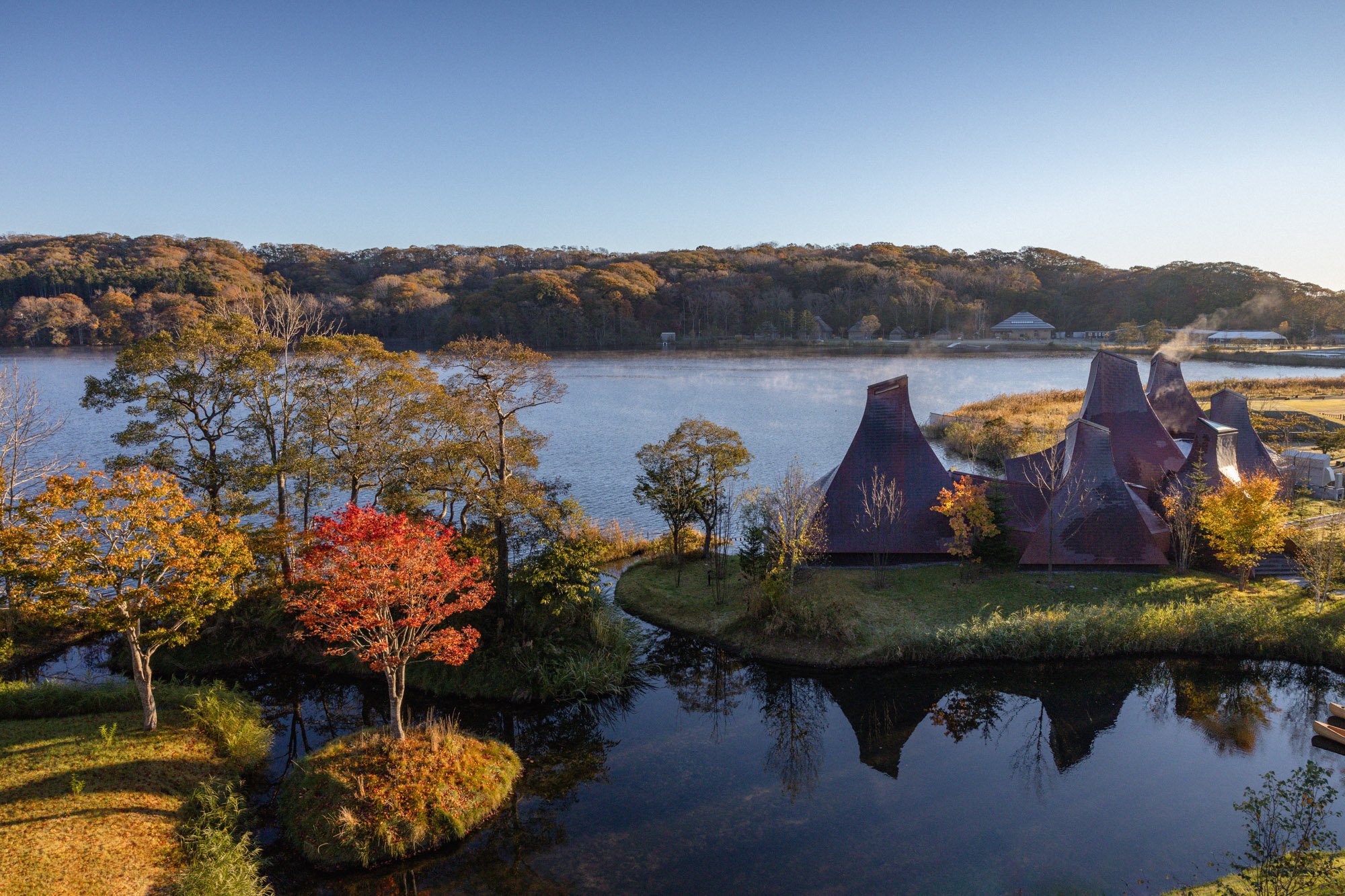
Japan has so many unique remote hotels; from a traditional farmhouse converted into a design hotel in Toyama, to a luxury escape in the subtropical islands of Okinawa.

From boutique hotels and ryokans steeped in history to unique architectural Airbnbs and everything in between, it’s easy to get overwhelmed when choosing where to stay.
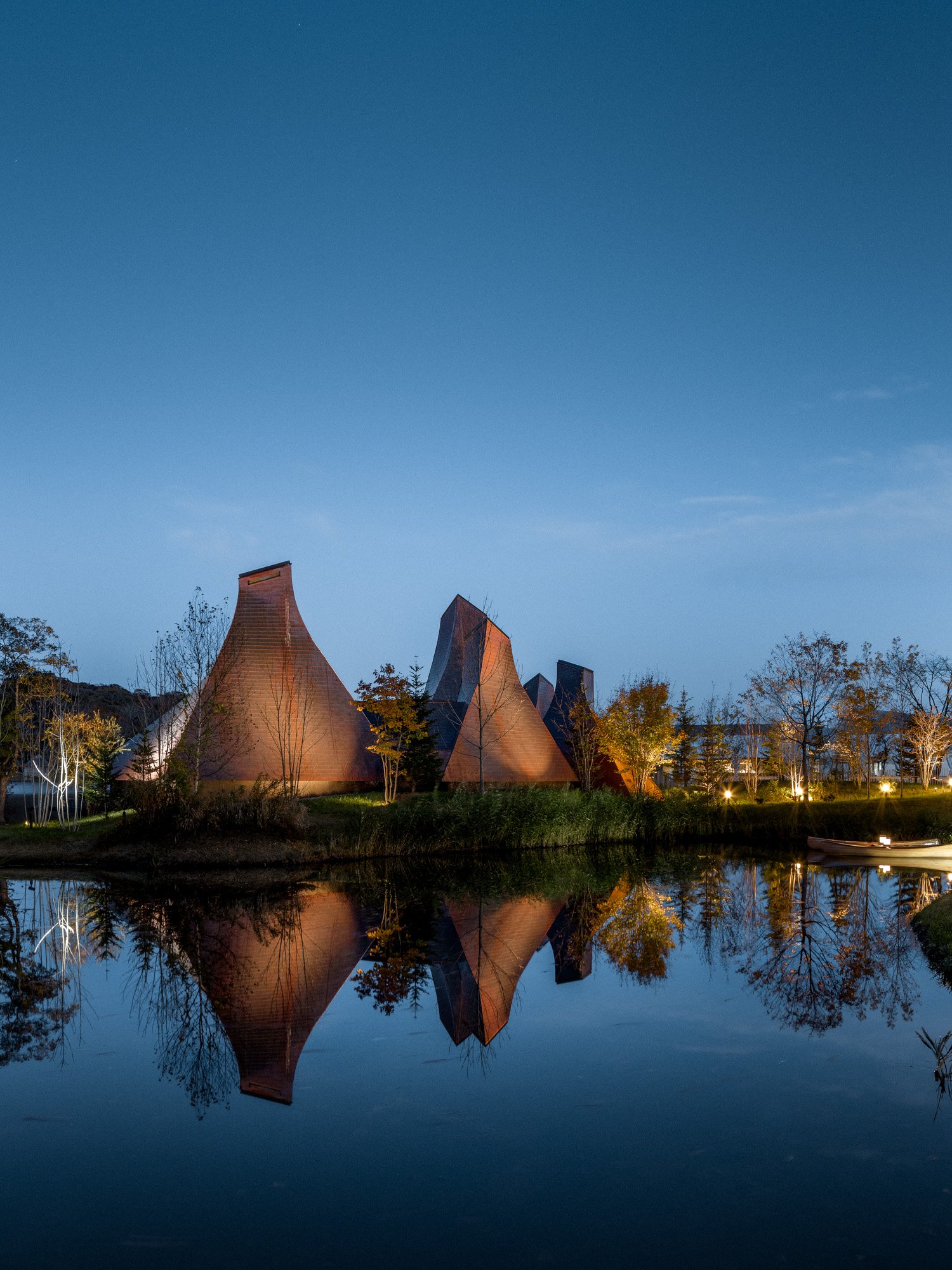
Set on the edge of Lake Poroto and enfolded in forest, this 42-room ryokan convincingly blurs the line between man-made structures and its bucolic surroundings.
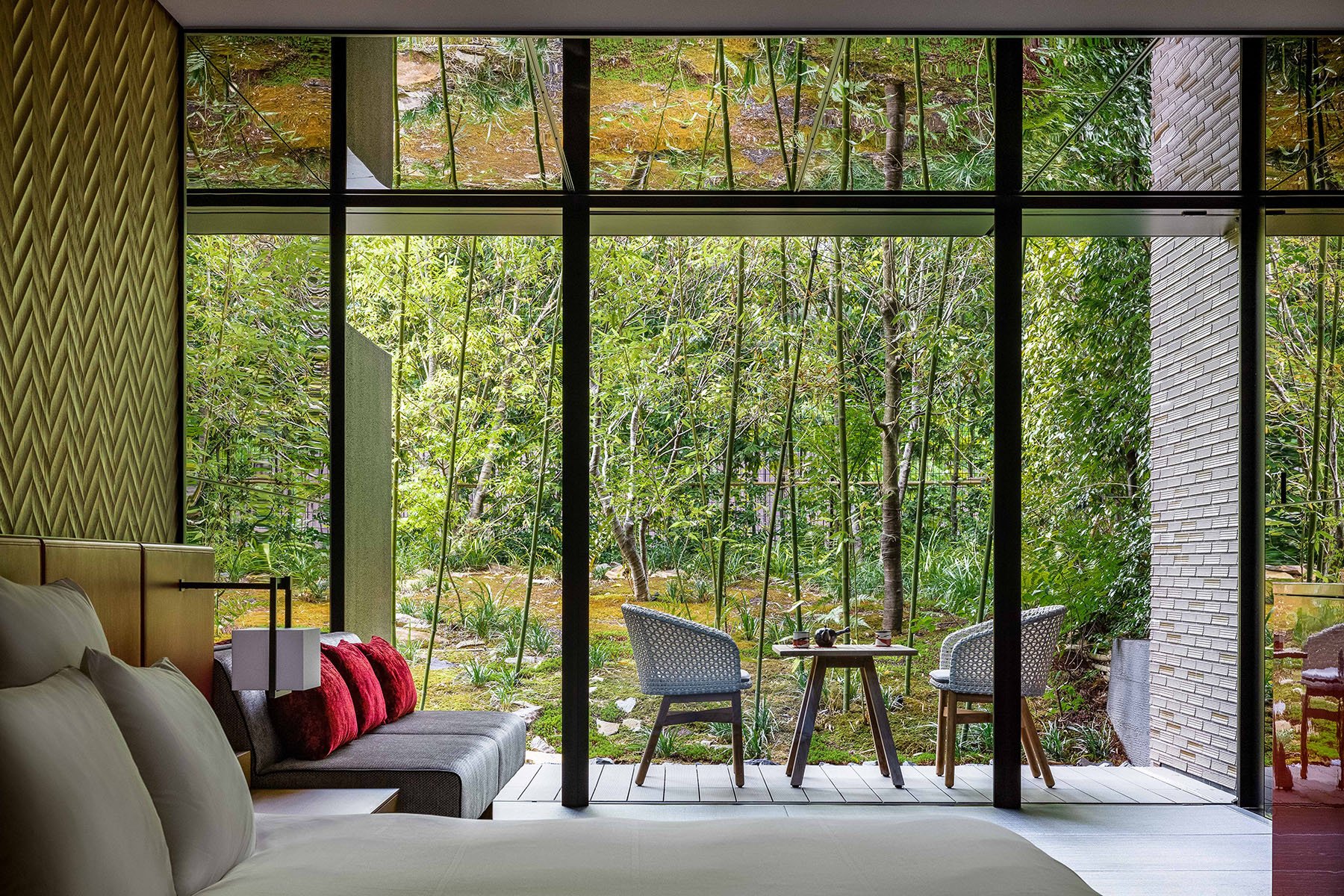
An intimate 25-room hotel in a quiet corner of Japan’s ancient capital with a strong focus on wellbeing. With countless accommodation options in Kyoto, let’s take a look at Garrya stand out from the crowd.

From luxury ryokans to modern architecture showcases, here are six of my favourite design-focused hotels across Japan’s ever-evolving ancient capital.

Nowhere is the timelessness of Ryukyu culture more beautifully preserved than the hidden village of Hoshinoya Taketomi Island.

A private cabin, toasted marshmallows, and breakfast at the foot of Mt Fuji, Hoshinoya Fuji is Japan’s first-ever glamping resort.

The third property by Maana Homes, Maana Kiyomizu is designed by local architects Shigenori Uoya and Takeshi Ikei, with each of three guest suites created as intimate spaces to enhance the senses.

Inspired by Japanese minimalism, the concept of The Ritz-Carlton Nikko is based around ‘celebrating nature through a luxury lens’.
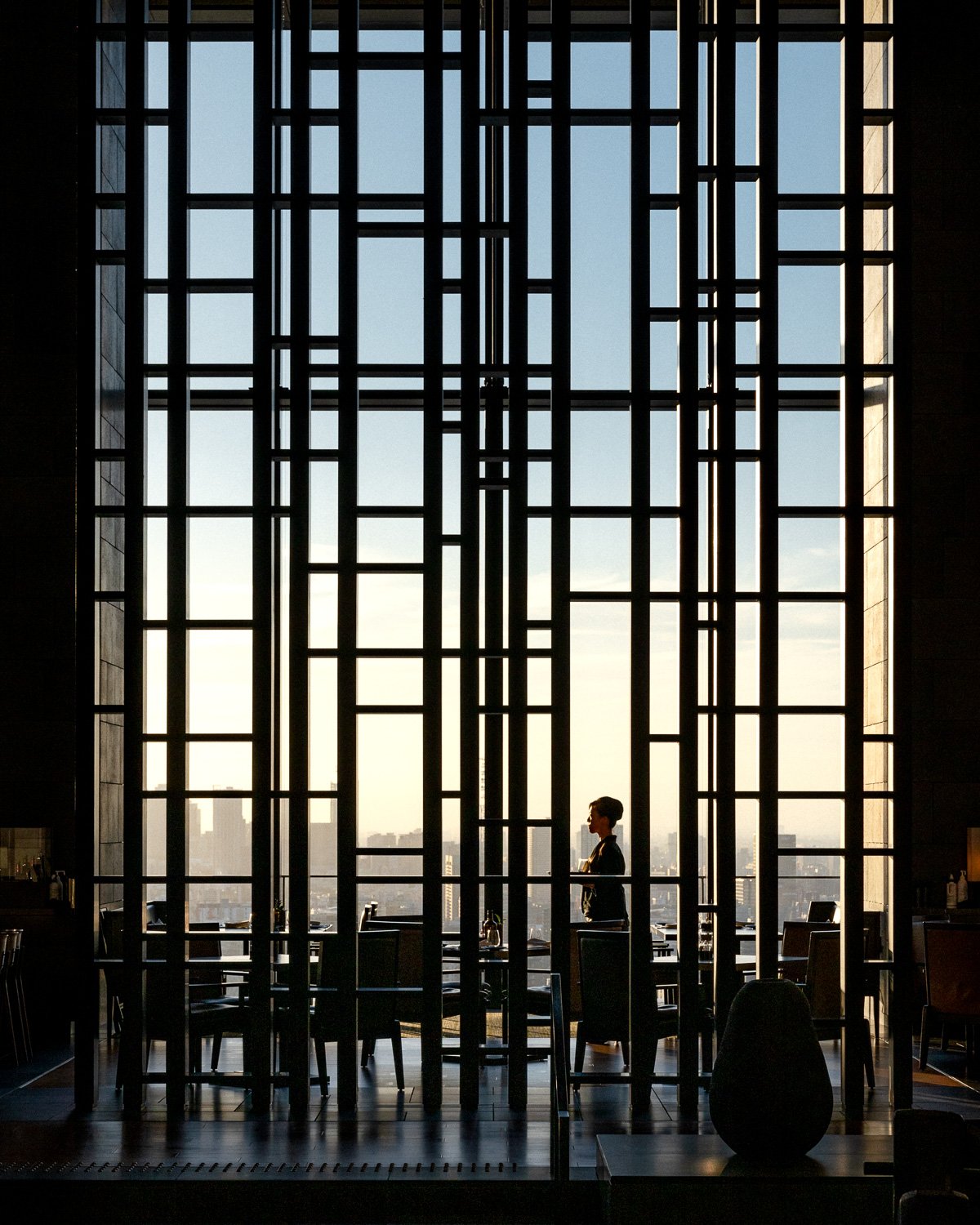
Created to ‘temper urban dynamism with a profound atmosphere of serenity’, each curated space at Aman Tokyo is inspired by timeless Japanese design traditions.

Once a centre for the Japanese silk trade, the small city of Maebashi in Gunma Prefecture might not be as famous as some of its neighbours, but that is all set to change.
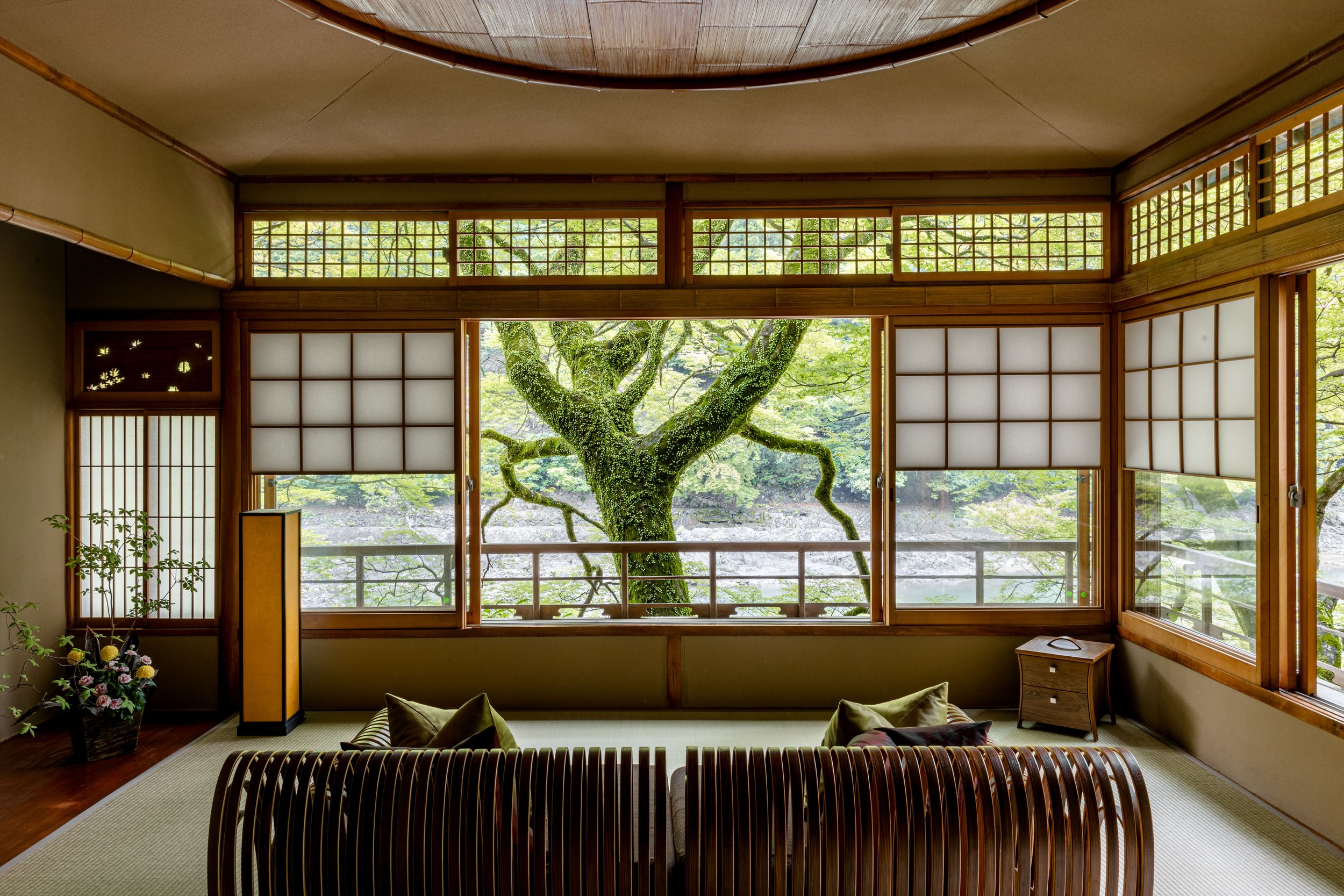
If you are looking to experience Japanese culture and design at the highest level your first port of call is likely to be Kyoto.
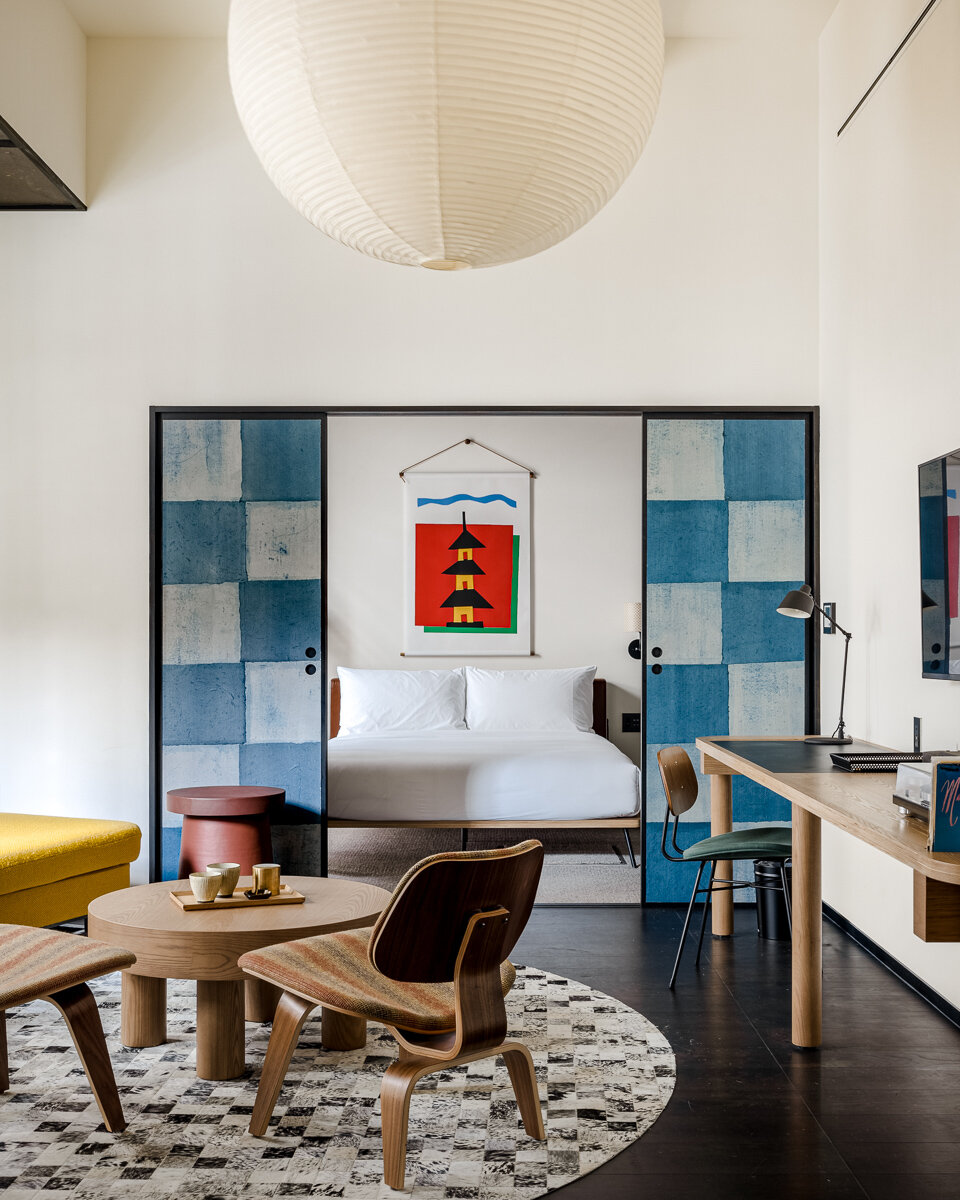
The first Asian opening from America’s much-loved Ace brand. LA-based Commune Design and Japan’s prolific Kengo Kuma have designed the hotel in the former 1920s Kyoto Telephone Company Office.
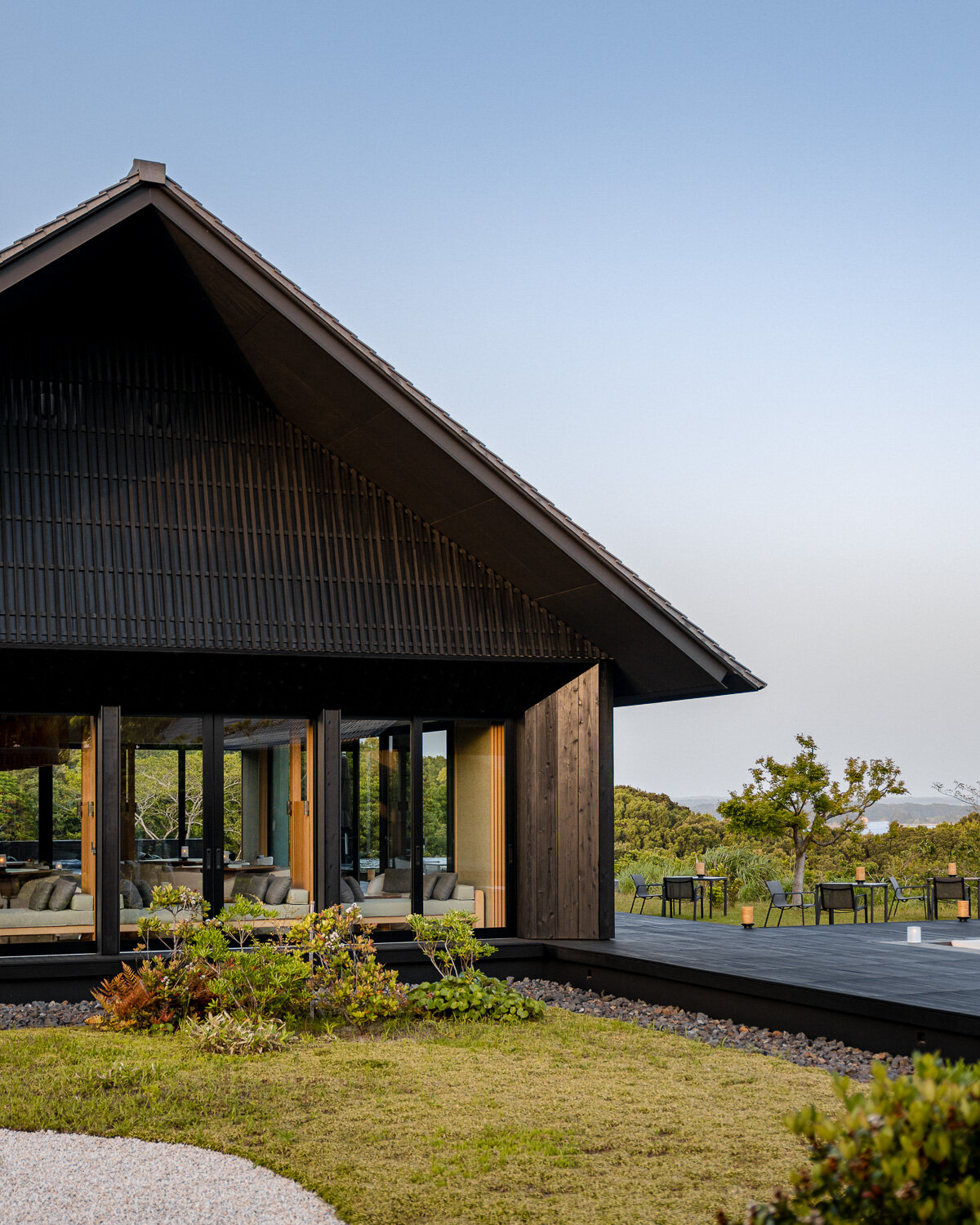
The connection to nature and genuine celebration of local culture are what sets Amanemu apart.
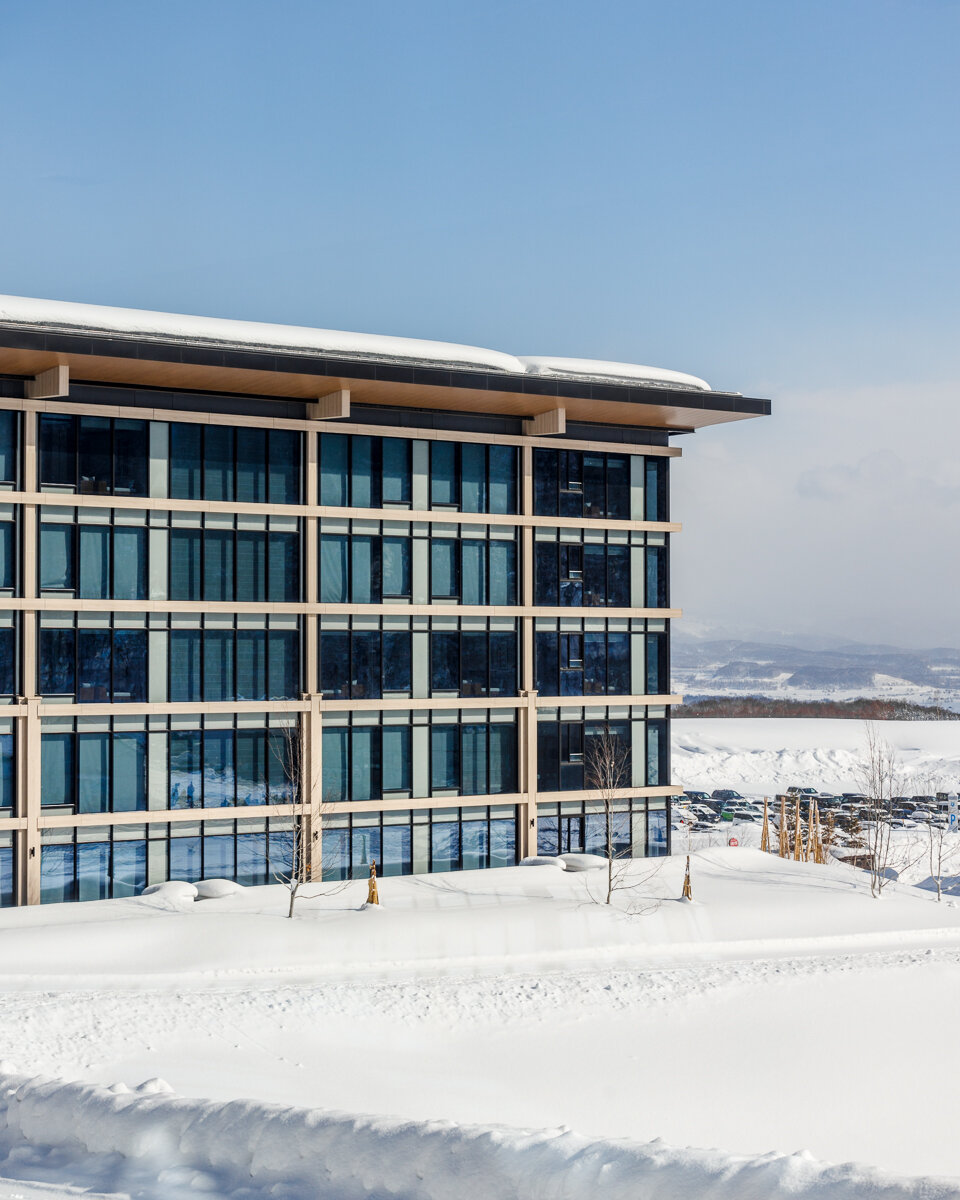
Opened in January 2020, Park Hyatt Niseko is the third Japanese property from Park Hyatt, and has already swept up awards including World’s Best New Ski Hotel.

The idea of Kyoto being a modern city might sound strange to some, but each time I visit I am fascinated by the seamless blend of old and new.

Kickstart your Tokyo travel plans with my latest snapshot guide, featuring 10 of my favourite Tokyo Neighbourhoods. I’ll take you to some of my favourite hidden corners and offer a more thoughtful, slower way to appreciate Tokyo, away from the usual tourist traps.